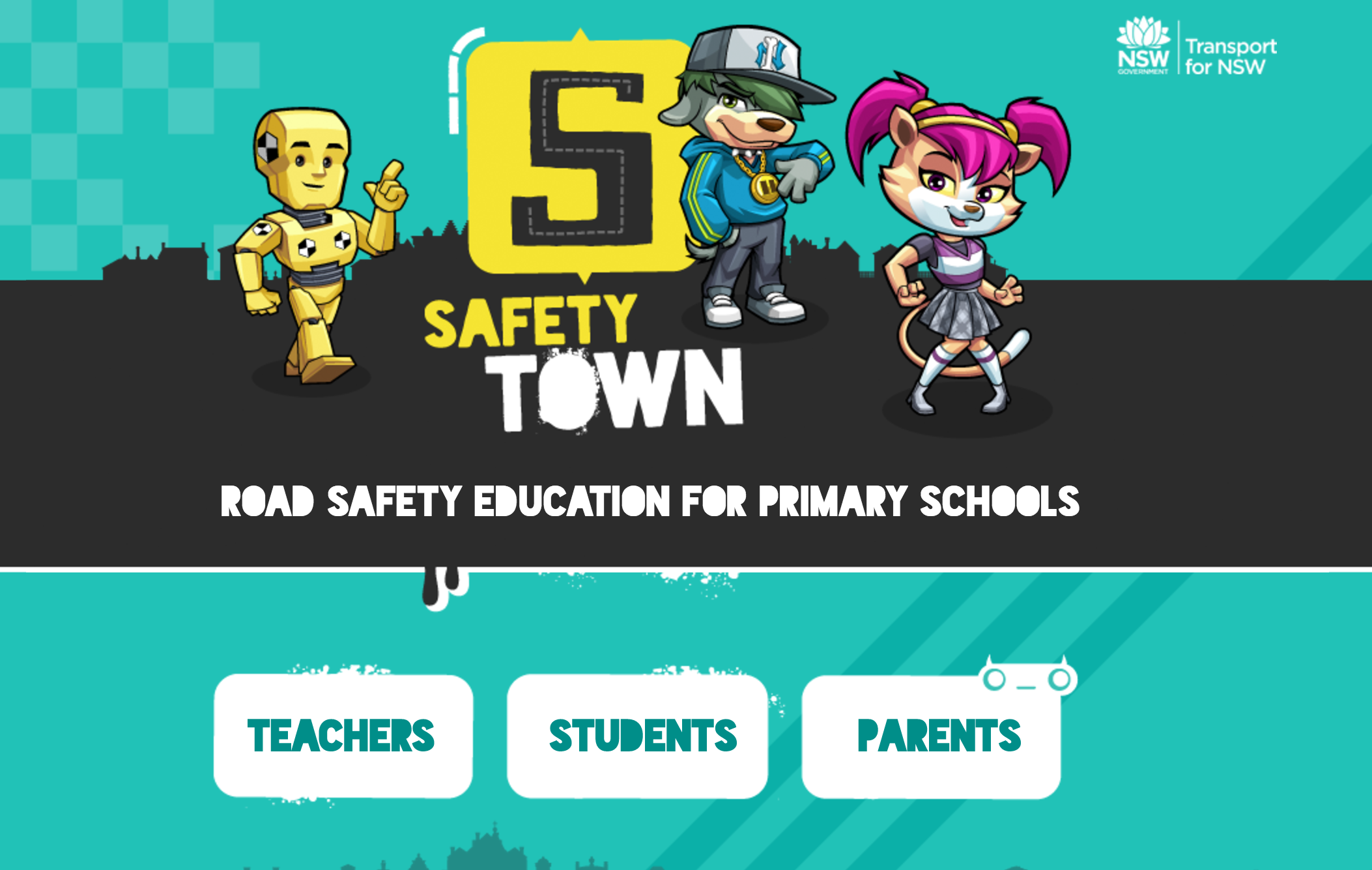Street Smart
School Bus SafetySchool Bus Safety
Did you know?
Every day, more than a million NSW school children travel to and from school in safety – many of them by bus. The school bus is an extremely safe form of transport for school students.
Traffic congestion outside the school can increase when many families resort to driving short distances to and from school.
Parents and carers:
• Hold your child’s hand and walk together to the bus stop or bus interchange in the morning.
• If you cannot be with your child, organise for another trusted adult to take your place.
• Meet your child AT the bus stop or bus interchange after school. NEVER wait on the opposite side of the road.
• Wait on the footpath until the bus has been driven away.
• Together, choose the safest place to cross the road, and:
• STOP! One step back from the kerb.
• LOOK! For traffic to your right, left and right.
• LISTEN! For the sounds of approaching traffic.
• THINK! Whether it is safe to cross.
• Explain each action in turn as you cross safely.
Talk with your child about what to do:
• If you are delayed and cannot meet them as usual.
• If they catch the wrong bus.
• If they get off the bus at the wrong bus stop.
• Until they are at least 10 years old, children do not have the developmental maturity required to cross the road safely without holding an adult’s hand
There is a 40km/h speed limit for traffic passing a school bus that is picking up or setting down
school children. The speed limit is for all traffic travelling in the same direction as the bus, whether the bus is stationary or moving.
The 40km/h speed limit must be observed when the rear ‘wig-wag’ lights on the bus are flashing. Flashing headlights on these buses also alert oncoming motorists that children are close.
Information reproduced with permission of the Transport Roads and Maritime Services – www.rms.nsw.gov.au
Be Bus Aware
We all have a part to play

Our Be Bus Aware campaign highlights the importance of bus safety for all road users. Buses are large, heavy vehicles and can’t stop quickly.
Our first Bus Safety Week, from 1-7 November 2015, raised awareness for all road users on how to stay safe on and around buses, helping to reduce injuries and fatalities.
Millions of trips
NSW has the largest metropolitan bus fleet in Australia. More than 3850 buses operate in the Sydney area, while another 1000 buses service the Newcastle, Wollongong and Blue Mountains areas. Passengers take more than 200 million trips on buses in NSW each year.
From 2005 to 2014 across the Sydney, Newcastle and Wollongong areas, there were almost 4000 recorded crashes involving a heavy bus, where 58 people were killed and almost 2600 people were injured.
Pedestrians
Pedestrians made up almost half of the bus fatalities over the 2003 to 2013 period. Bus Safety Week promotes safety for pedestrians, who should:
- Plan ahead and don’t rush for the bus
- Follow the rules and cross with care
Operation Safe Transit
Watch our bus safety video for school students in years 5 and 6, their teachers, parents and carers. The video is also available on our Safety Town online resource, available to more than 2600 primary schools in NSW to teach road safety education to students and help prevent road-related injuries and deaths.
Drivers
We know that because of their sheer size and mass, buses cause severe outcomes for other road users in crashes. Drivers ofother vehicles make up about a quarter of all fatalities and serious injuries recorded in heavy bus crashes. Buses can’t stopquickly and drivers should:
- Give way to buses
- Not merge too closely in front of buses
- Reduce speed to 40 km/h when bus lights are flashing
Cyclists
- If you are overtaking a bus, avoid passing it when it is turning. Buses can take up more than one lane when they turn
- You may travel in a Bus Lane, Tram Lane, Transit Lane or Truck Lane but not in a Bus Only Lane.
- Remain behind buses and ride with care
Passengers
Most of bus passengers killed and more than one quarter of all seriously injured bus passengers are aged 70 years or over. If you are older, have a disability or are pregnant, try to sit closer to the front of the bus or in a courtesy seat. All bus passengers should:
- Press the button well before your stop to give the driver plenty time to stop safely
- Wait until the bus has stopped before you get out of your seat
Working together
Our campaign has been developed with input from the State Transit Authority, Bus NSW, Roads and Maritime Services, and the NSW Police Force. The Department of Education, the Catholic Education Commission, the Association of Independent Schools and the Kids and Traffic Early Childhood Road Safety Education Program also support Be Bus Aware and Bus Safety Week.
Safety Town
Safety Town is a road safety education resource for teachers, students and families. It provides a variety of interactive learning activities for students from Kindergarten to Year 6. Teachers are provided with comprehensive teaching notes to support the use of the interactive activities, and support learning as part of PDHPE, English and Mathematics.





